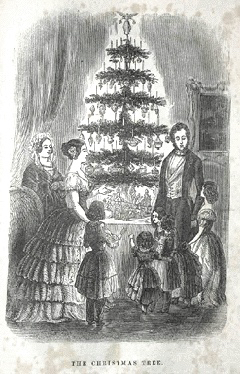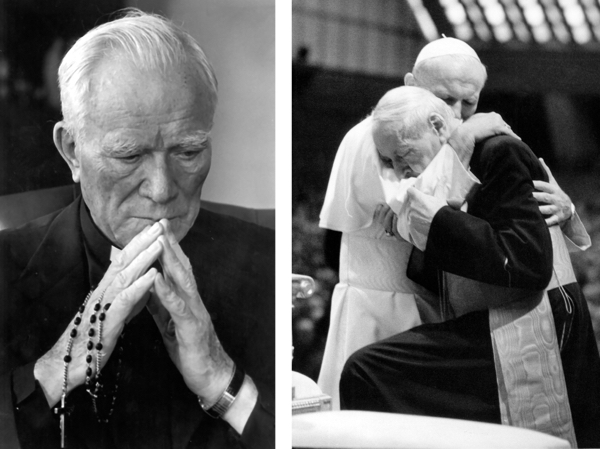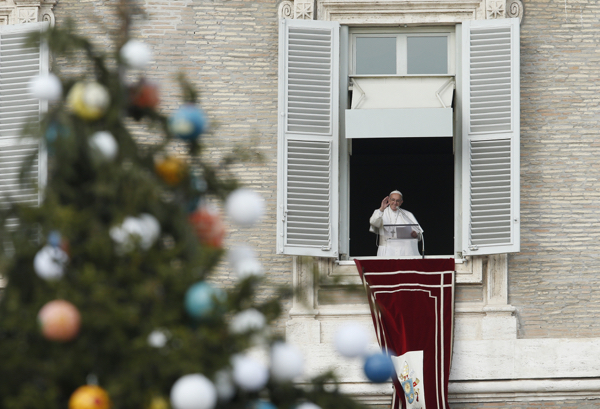1. In one of the earliest stories relating to the Christmas tree, the eighth-century Catholic missionary, Saint Boniface, is said to have cut down an oak tree sacred to the pagan god Thor. An evergreen, fir tree grew in its place, which Boniface said symbolised the everlasting nature of Jesus Christ.
2. The tradition of trees indoors can be traced to the Romans who decorated their homes with evergreen branches in celebration of the winter festival. The evergreen tree was an ancient symbol of life in the midst of winter. Early Christians were hostile to such practices. The second-century theologian Tertullian condemned those Christians who celebrated these festivals, or decorated their houses with laurel boughs in honour of the emperor: "Let them over whom the fires of hell are imminent, affix to their posts, laurels doomed presently to burn: to them the testimonies of darkness and the omens of their penalties are suitable. You are a light of the world, and a tree evergreen. If you have renounced temples, make not your own gate a temple."

3. In the bible, Jeremiah 10.3 contains a possible reference to this practice, or at least a condemnation of idolatry.
“For the practices of the peoples are worthless; they cut a tree out of the forest,
and a craftsman shapes it with his chisel. They adorn it with silver and gold;
they fasten it with hammer and nails so it will not totter.”
4. Not until the Renaissance are there clear records of trees being used as a symbol of Christmas - beginning in Latvia in 1510 and Strasbourg in 1521. Legend credits Martin Luther with first adding decorations to a tree. Walking toward his home one winter evening he was awed by the brilliance of stars twinkling amidst evergreens. To recapture the scene for his family, he erected a tree in the main room and wired its branches with lighted candles. There’s little to prove the story to be true however.
5. The most likely theory is that Christmas trees started with medieval plays. Dramas depicting biblical stories began as part of the church's worship, but by the late Middle Ages, they had become imaginative performances dominated by laypeople and taking place in the open air. The plays celebrating the Nativity were linked to the story of creation—in part because Christmas Eve was also considered the feast day of Adam and Eve. As part of the play for that day, the Garden of Eden was symbolised by a "paradise tree" hung with fruit.
These plays were banned in many places in the 16th century, and people began to set up "paradise trees" in their homes instead. They were hung with round pastry wafers symbolising the Eucharist, which developed into the edible ornaments decorating German Christmas trees today.
6. German immigrants brought the custom of Christmas trees to Britain in the early 1800s, but it spread widely after Queen Victoria and Prince Albert set up an elaborate tree for their children at Windsor Castle in 1841. The popular royals were sketched in the Illustrated London News standing with their children around the tree.
7. During the mid-1850s US President Franklin Pierce (1804-1869) arranged to have the first Christmas tree in the White House.
PICTURE:The Christmas tree is seen as Pope Francis leads the Angelus from the window of his studio overlooking St. Peter's Square at the Vatican on 8 December ©PA; Queen Victoria and Prince Albert gather around the Christmas tree ©PA Wikipedia images



 Loading ...
Loading ...